(!)NOTE : Windows 7 users won’t be able to use some latest features of eCatalog/WOS since Microsoft is ending support for Windows 7 on 14 Jan, 2020. Please upgrade your system for uninterrupted services.
Heat Insulating Plates(Recommended Operating Temperature:Room Temp. ~ 300)
When selecting a Heat insulating plate, it is crucial to consider factors, including operating temperature, size (which can be customized), plate thickness, materials (eg., Phenolic, Silicone, Epoxy), and Shape (e.g., square, circle, and with various hole configurations). These considerations are crucial for ensuring the production of high-quality products. We highly recommend reputable brands such as MISUMI and RS Pro, as well as cost-effective options from MISUMI ECONOMY.
Take advantage of the convenience of FREE SHIPPING and NO MINIMUM ORDER on Heat insulating plates. Should you have any doubts or require assistance in choosing the right product, our experts are readily available to provide advice and guidance.
Brand |
|
|---|---|
| CAD |
|
| Days to Ship |
|
3 items
- Sort By
-
Recommended
You can add up to 6 items per a category to the compare list.
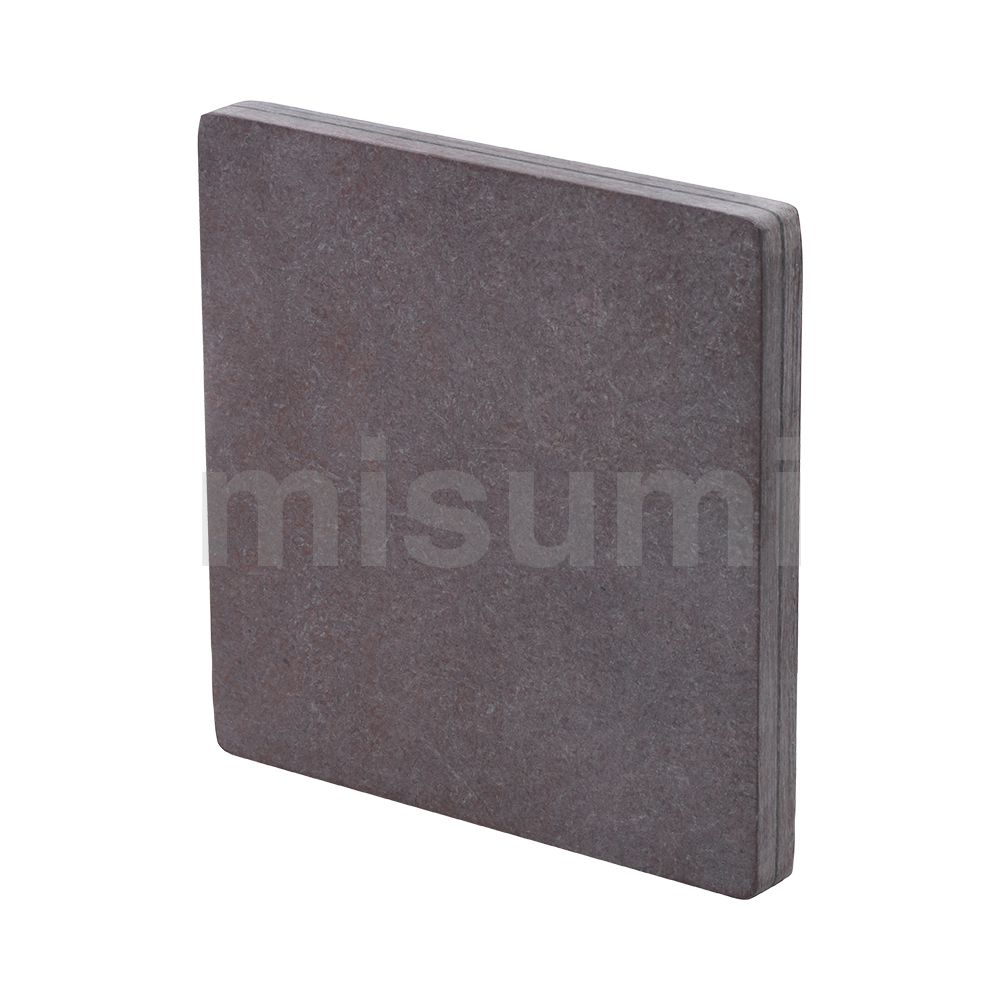 MiSUMi Economy
MiSUMi EconomyHigh Temperature Insulating Grade,Heat Resistance Within 300 °C
MiSUMi EconomyMISUMI
High Temperature Insulating Grade,Heat Resistance Within 300 °C
Heat Insulating Plates are an economy item, The price is cheaper than the MISUMI standard product. They offer a wide variety of sizes to choose from.
[Feature]
● Plate Thickness Minimum/Maximum (mm.): 3 and 30
● Width and Length (mm.) : Can configurable between 20 to 800 mm, and the minimum length can be increased by increments 1 mm.
● Operating Environment Temperature (℃) : Normal temperature~300
● Main Material : Phenolic Modified Resin
[Application]
It is used for thermal insulation of connecting parts and thermal insulation of flangesDays to Ship: 12 Day(s)  12 Day(s)
12 Day(s)
-
Economy series
You can add up to 6 items per a category to the compare list.
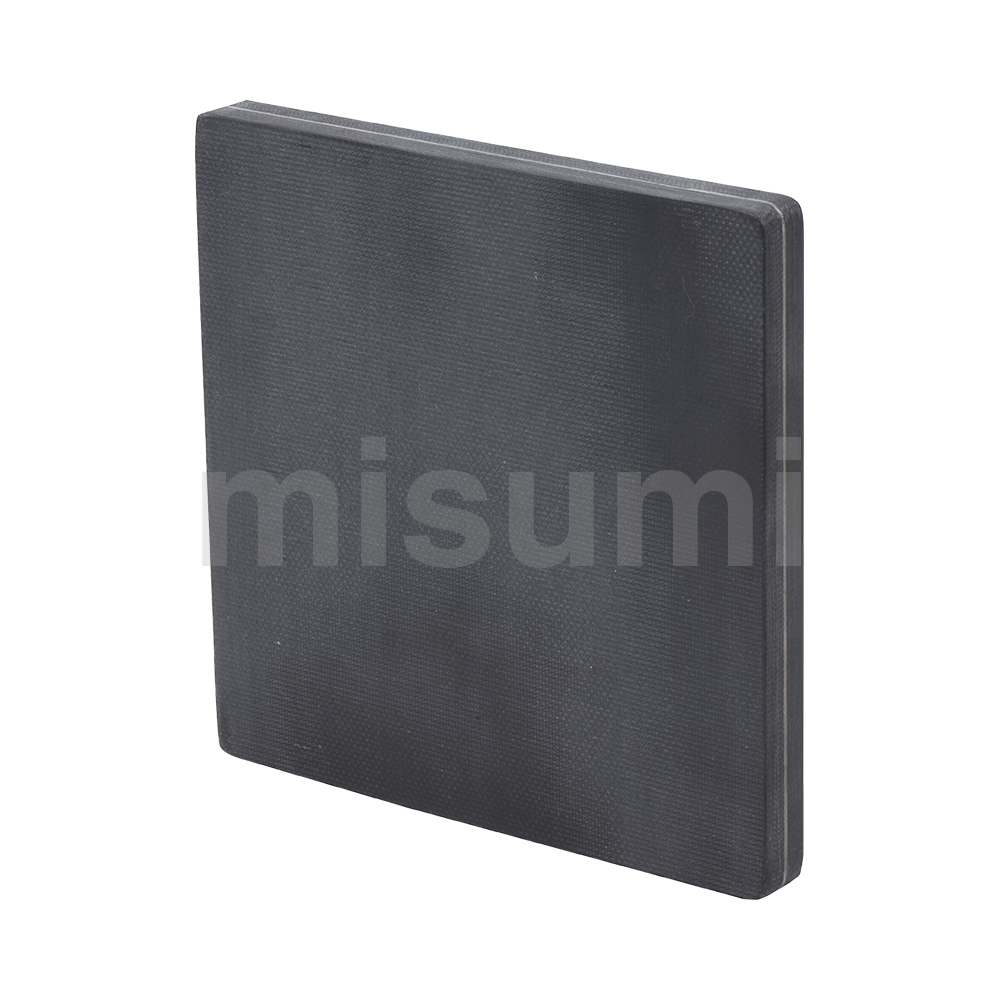 MiSUMi Economy
MiSUMi EconomyHigh Strength and High Temperature Insulating Grade, Heat Resistance Within 300 °C
MiSUMi EconomyMISUMI
High Strength and High Temperature Insulating Grade, Heat Resistance Within 300 °C
Heat Insulating Plates are an economy item, The price is cheaper than the MISUMI standard product. They offer a wide variety of sizes to choose from.
[Feature]
● Plate Thickness Minimum/Maximum (mm.): 3 and 30
● Width and Length (mm.) : Can configurable between 20 to 800 mm, and the minimum length can be increased by increments 1 mm.
● Operating Environment Temperature (℃) : Normal temperature~300
● Main Material : PI-modified resin
[Application]
It is used for thermal insulation of connecting parts and thermal insulation of flangesDays to Ship: 12 Day(s)  12 Day(s)
12 Day(s)
-
You can add up to 6 items per a category to the compare list.
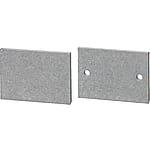

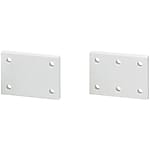
Heat Insulating Plates/Free Cutting Grade/Thermal Plates
MISUMI
Heat Insulating Plates/Free Cutting Grade/Thermal Plates
Heat insulating plates are used for various purposes to manage and control heat transfer in different applications. They offer a wide variety of sizes to choose from.
[Feature]
● Plate Thickness (mm.): 12.7, 19.1 and 25.4
● Operating Environment Temperature (℃) :
Free Cutting Grade (White Gray) - Room Temp. ~ 300
Thermal Grade (Gray) - Room Temp. ~ 350
● Plate Type : Standard (No holes)/ Plate with Holes (2/4/6 holes)
[Application]
It is used for thermal insulation of connecting parts and thermal insulation of flangesDays to Ship: 7 Day(s) or more  7 Day(s) or more
7 Day(s) or more
| Brand |
|---|
| Product Series |
| CAD |
| From |
| Days to Ship |
| Specifications |
| Recommended Operating Temperature(°C) |
| Plate Thickness T(mm) |
| Width B(mm) |
| Length A(mm) |
| Application |
You can add up to 6 items per a category to the compare list. | You can add up to 6 items per a category to the compare list. | You can add up to 6 items per a category to the compare list. | |
| Brand | MISUMI | MISUMI | MISUMI |
| Product Series | High Temperature Insulating Grade,Heat Resistance Within 300 °C | High Strength and High Temperature Insulating Grade, Heat Resistance Within 300 °C | |
| CAD |
|
|
|
| From | |||
| Days to Ship | 12 Day(s) | 12 Day(s) | 7 Day(s) or more |
| Specifications | |||
| Recommended Operating Temperature(°C) | Room Temp. ~ 300 | Room Temp. ~ 300 | Room Temp. ~ 300 |
| Plate Thickness T(mm) | 3 ~ 30 | 3 ~ 30 | 5 ~ 15 |
| Width B(mm) | 20 ~ 800 | 20 ~ 800 | 20 ~ 600 |
| Length A(mm) | 20 ~ 800 | 20 ~ 800 | 20 ~ 800 |
| Application | - | - | Free-cutting |
Loading...
Configure
Specification/Dimensions
-
Recommended Operating Temperature(°C)
-
Plate Thickness T(mm)
-
Width B(mm)
[20-800/1mm Unit(s)]
-
Length A(mm)
-
Application




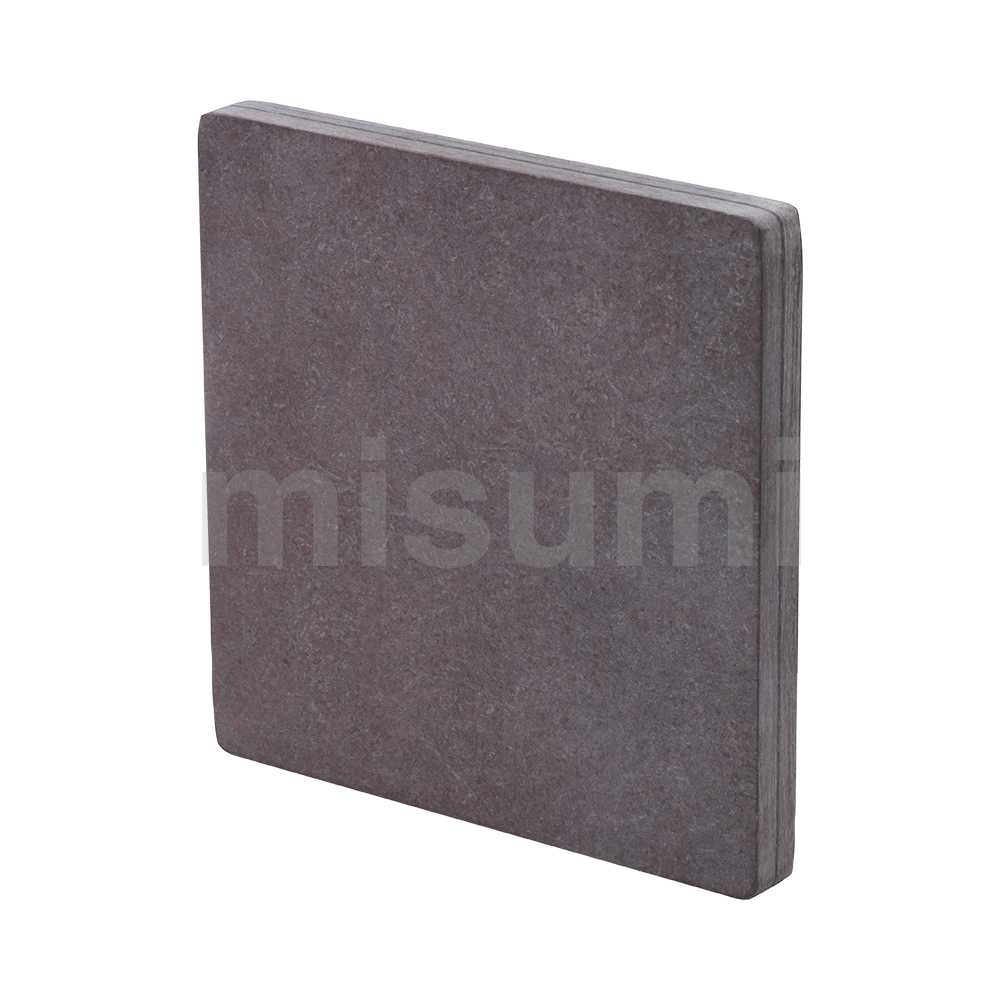
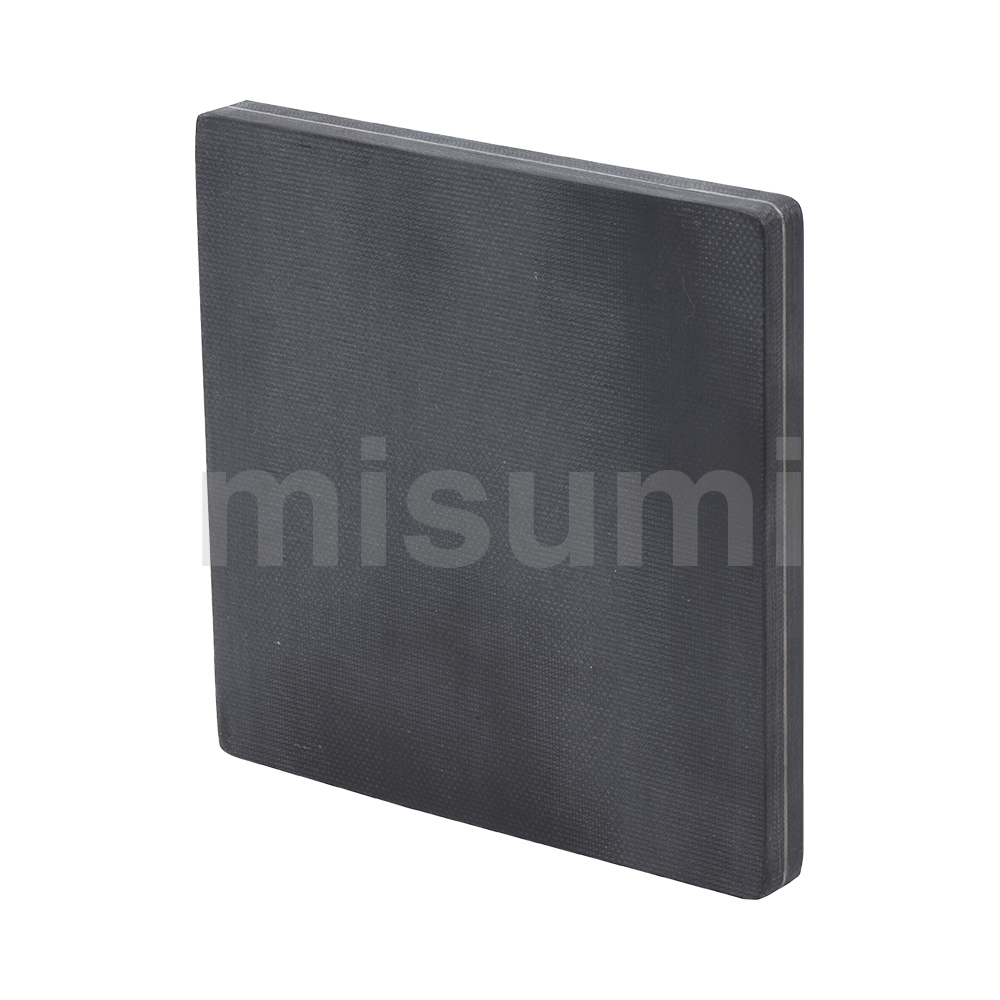


How can we improve?
How can we improve?
Thank you for your time.
Your feedback is essential for our continuous improvement
Privacy Policy
Thank you for your cooperation.
Thank you for your time.
Your feedback is essential for our continuous improvement
Please use the inquiry form.
Privacy Policy